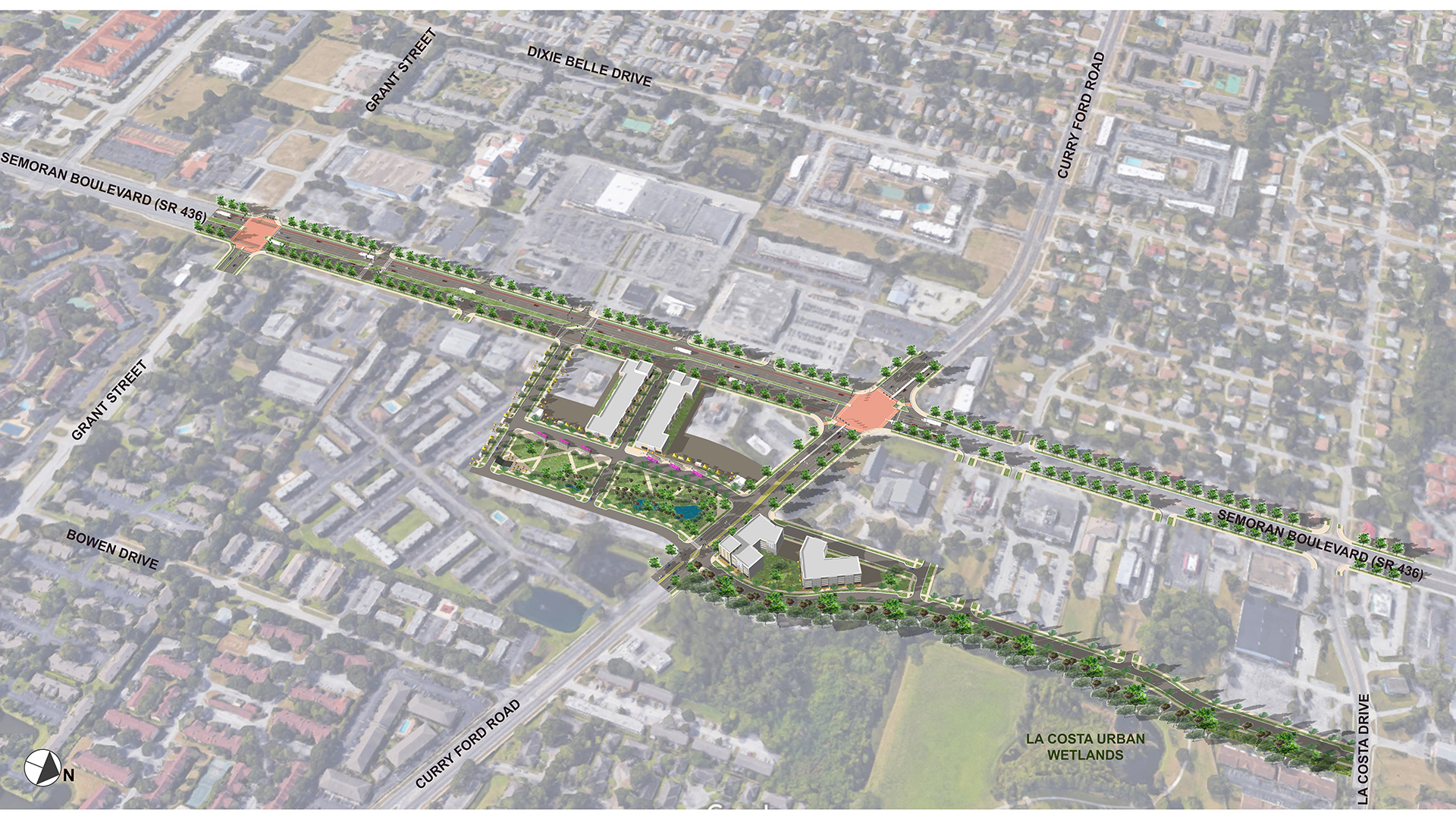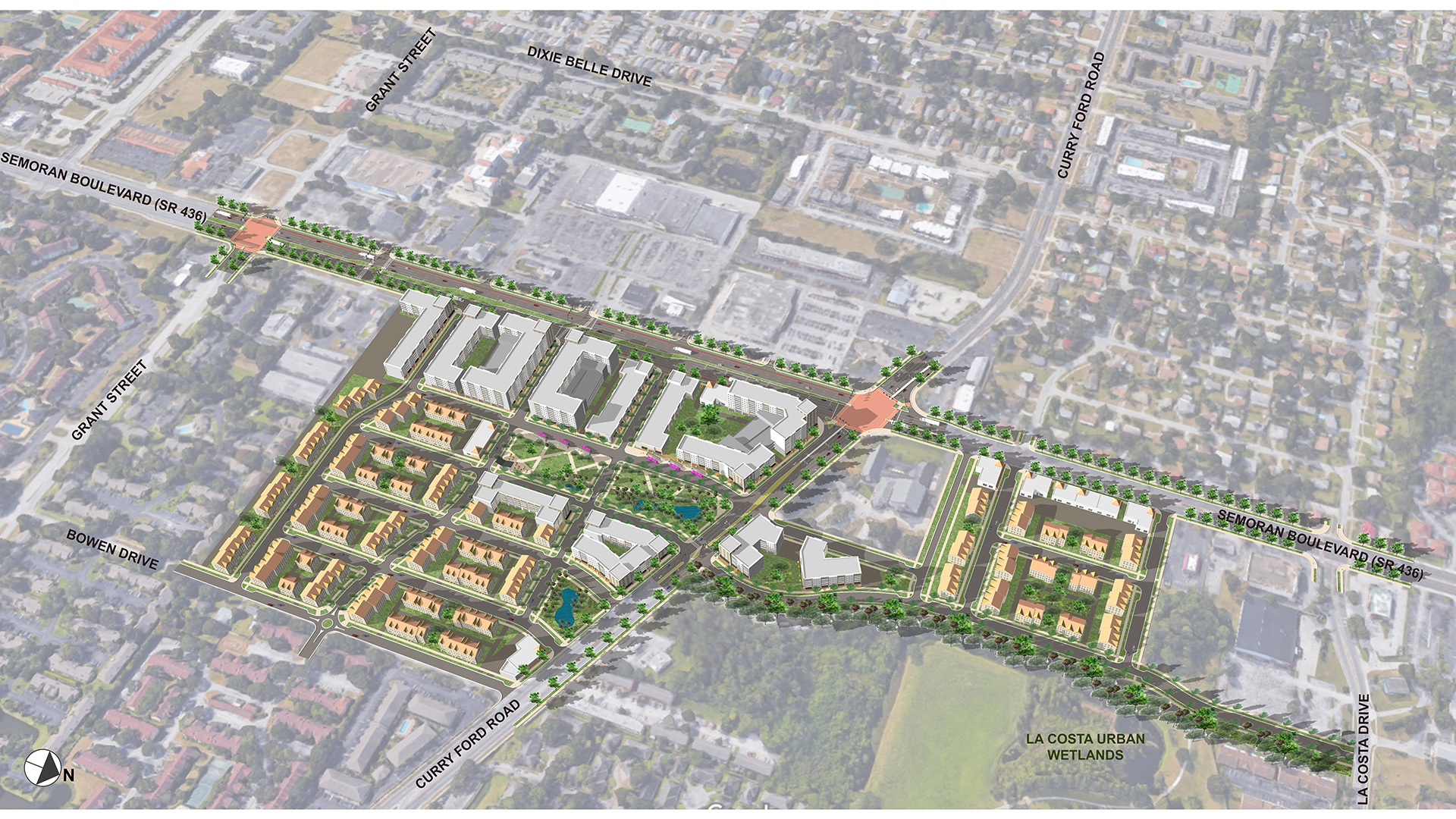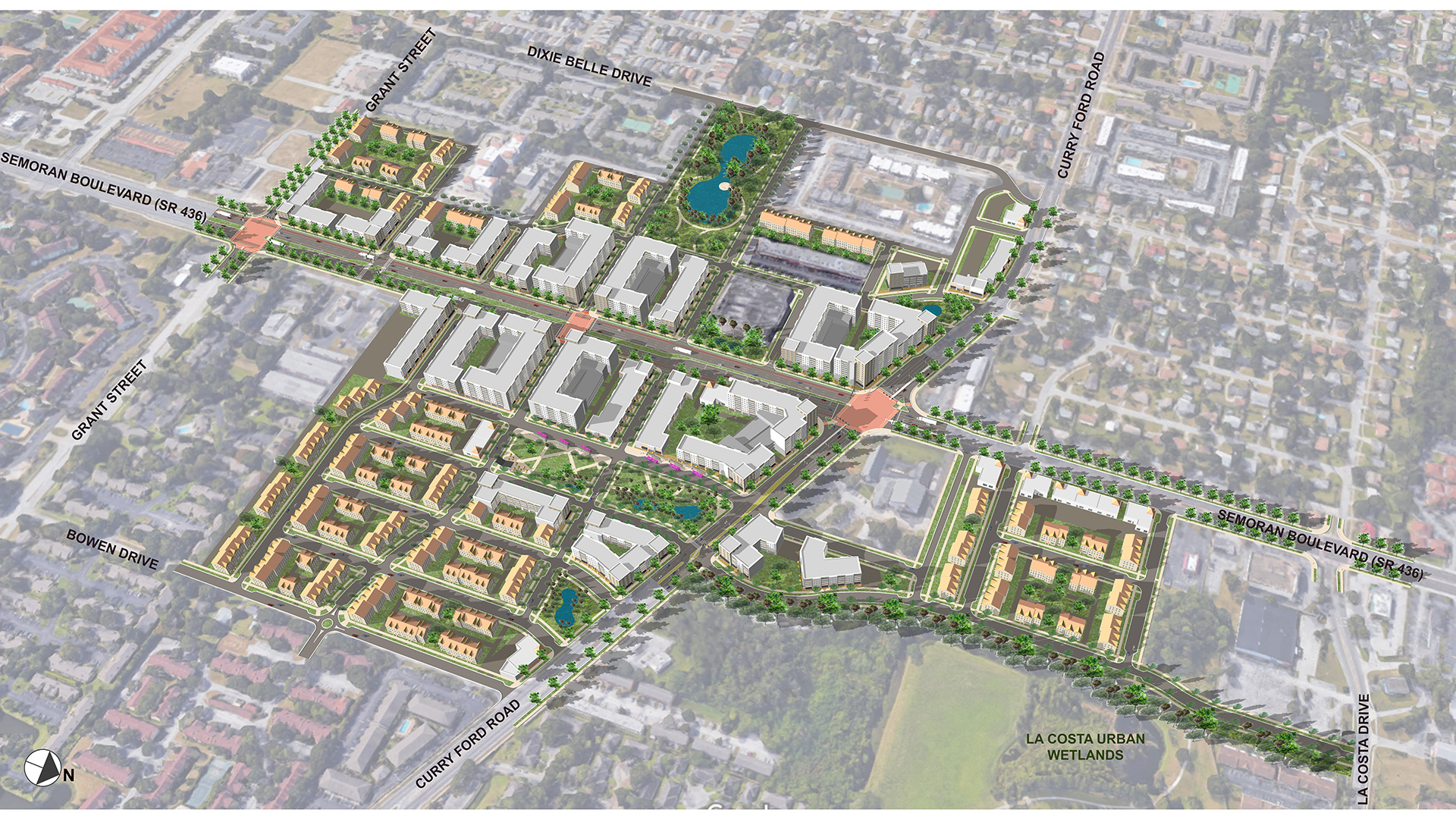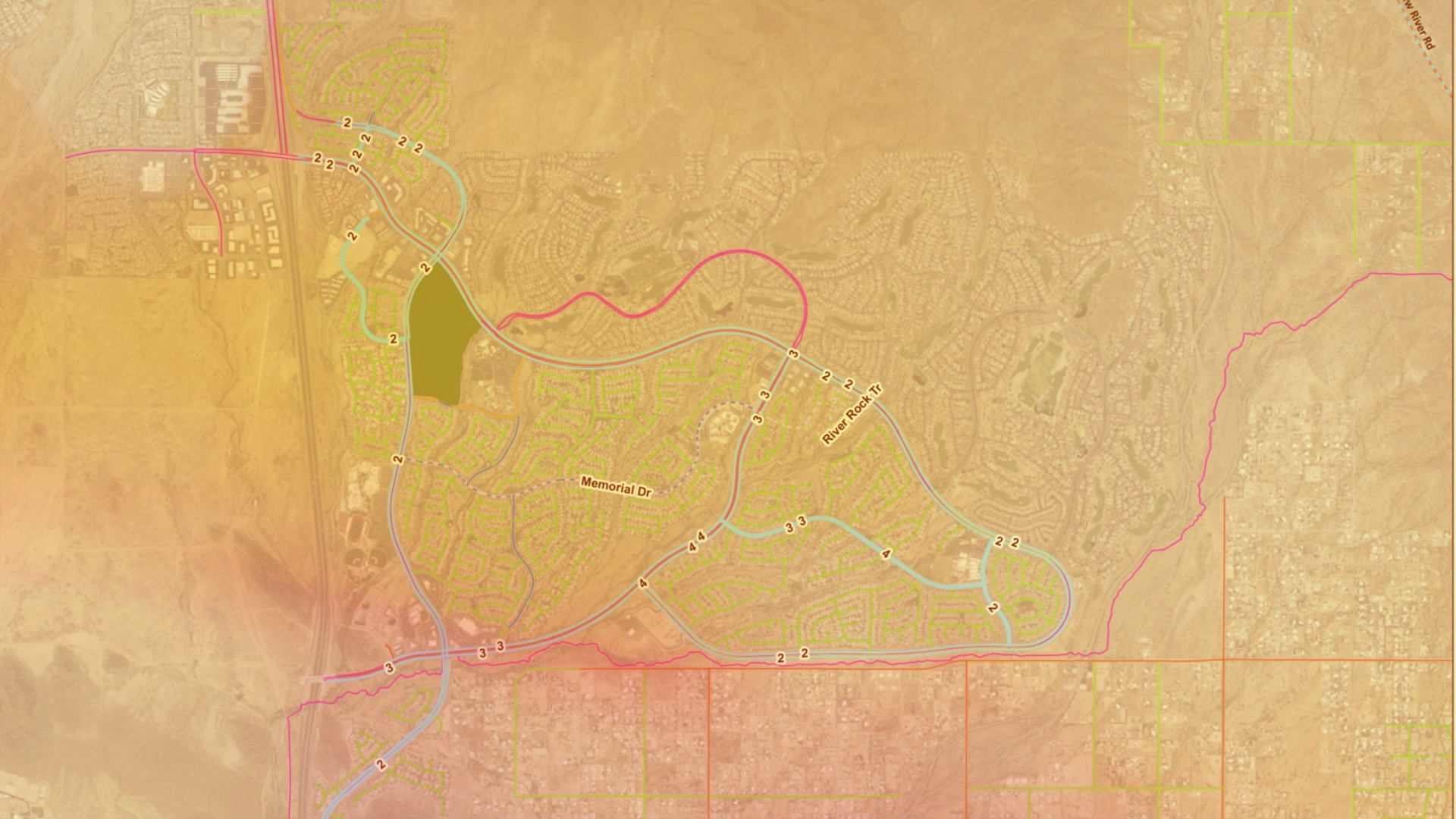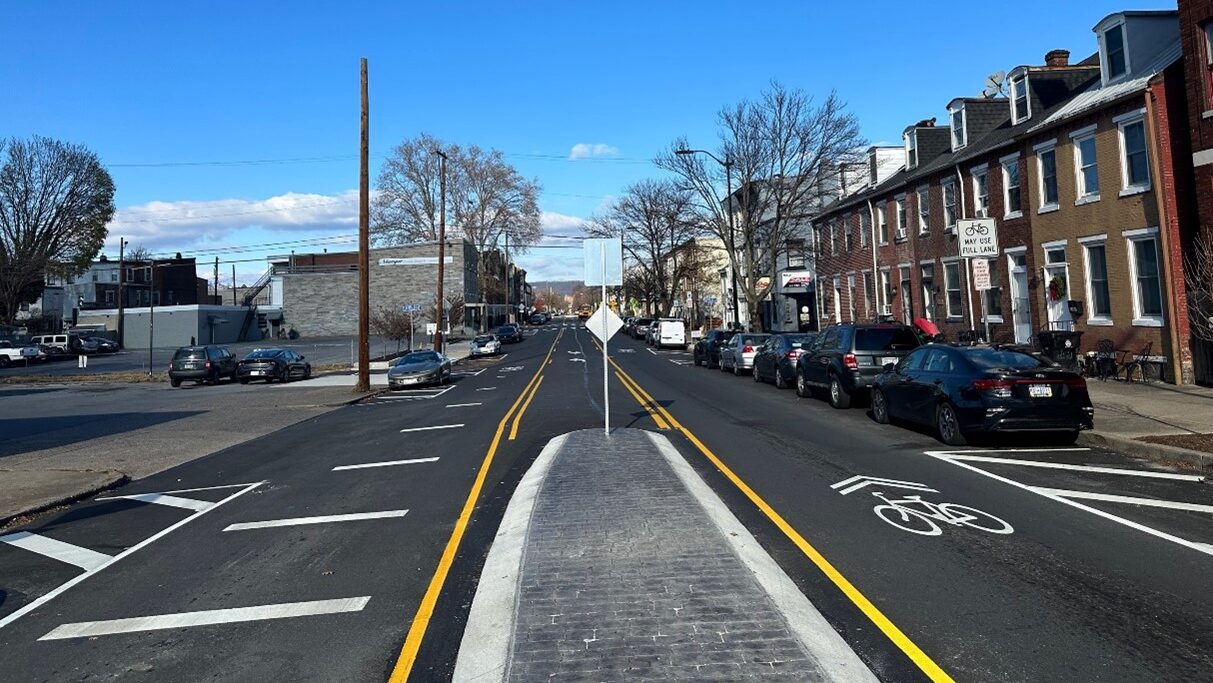Challenge
The SR 436 study area encompasses the 23-mile long segment between Altamonte Springs and the Orlando International Airport. SR 436 plays diverse roles as a vital artery for a growing region, as a local street for the businesses and communities located along it, and as the gateway for many of Central Florida’s 60+ million visitors each year. The corridor also has one of the highest ridership transit routes and stops within the LYNX transit system. However, the 6-lane corridor currently does not serve its residents, workers, and visitors in a way that supports safe and comfortable travel for all users. Together with regional partners, LYNX had an opportunity to re-envision SR 436 as a premium transit corridor that will serve as the gateway to all the region has to offer.
Solution
Kittelson led a transit corridor study to advance the region’s vision of SR 436 as a transit priority corridor. The team considered the intrinsic link of transportation investments and community health as part of this study. With the help of health industry representatives from across the region, Kittelson completed a Health Impact Assessment (HIA) to understand how transit solutions on SR 436 can foster active transportation, access to healthcare, and healthier communities.
For the HIA, our team connected the study goals and results to potential health-related outcomes through a research- and data-driven process. We collaborated with an HIA working group of local, regional, and health industry experts to assess potential changes in the community’s physical activity levels, job accessibility, housing costs, transportation costs, traffic safety, education access, and health food access based on various transit solutions and each solution’s potential land development outcomes.
Short-Term, Medium-Term and Long-Term Land Use Plans:
The Outcome
How Better Transit Can Lead to a Healthier SR 436
The HIA recommended strategies to optimize the transit solutions’ health benefits as well as programming, infrastructure, marketing, and policy recommendations for various public agencies and community organizations for short- and long-term implementation. The larger transit corridor study includes recommendations related to site access, multimodal connectivity, and urban and streetscape design along SR 436. The HIA and the transit study demonstrate how transit-oriented development can occur along a major suburban arterial through concentrated mixed-use nodes around transit stations that are connected to the rest of the corridor through robust Complete Street infrastructure.
Recommendations and findings from the study have since helped agencies to consider and prioritize projects that support a more accessible and complete transportation system in Central Florida. A recent win was Florida Department of Transportation’s implementation of a new mid-block pedestrian crossing south of Curry Ford Road near a major shopping plaza to provide safe and comfortable access for all users, including transit riders.

